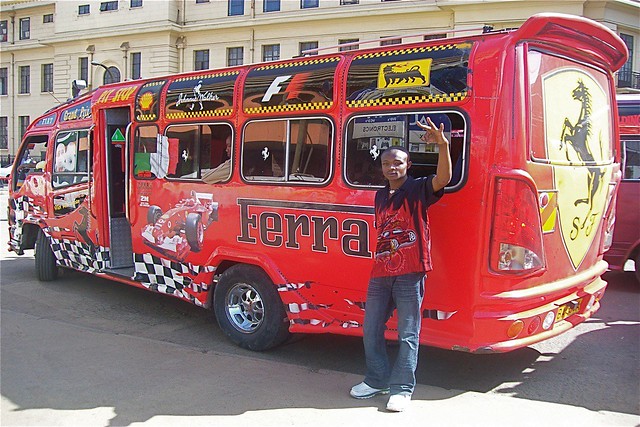For the past 3 weeks, Amanda and I have been teaching at a secondary school near our regular placement, Kerith Brook. The students and teachers here are really wonderful and welcomed us right in. I've loved having a opportunity to teach health. We planned a 4 session curriculum based on the curriculum I use back home at Social Health and then Amanda taught a lesson on mental health.
Session 1 - Goals and Dreams
Session 2 - Healthy Relationships
Session 3 - STDs including HIV
Session 4 - Unhealthy Relationships and Rape
Session 5 - Mental Health and Drug/Alcohol Addiction
The first two lessons went really well, the students need some coaxing to share and discuss, but by the end of the first lesson, they were much more open with us. The third lesson was the hardest day of teaching I have ever experienced. There were a few times during the lesson where I was holding back tears as the students asked questions. There were 3 girls who visibly had tears in their eyes as we talked about the challenges of living with HIV.
There is still a huge amount of stigma surrounding people with HIV. While the students were very knowledgeable about HIV, there were still many myths, especially when it comes time to talking bout the origins of HIV and how one child in a family may be infected and others not.
There were questions about rape and HIV infection and what if a woman wants to have a baby and is HIV positive. There were questions about whether there is a pill to prevent HIV after rape like there is a pill to prevent pregnancy. Even though they all know HIV is no longer a "death sentence" the way it used to be before antiretroviral (ARV) drugs were widely available. However, HIV is still a huge barrier to living a successful life due to the stigma. People still lose their jobs if they are suspected of being HIV positive. Women are considered damaged and no longer desirable wives.
We spent a long time talking about ways to reduce stigma. We talked about the importance of testing and knowing your status. We talked about that if everyone made HIV testing routine, there wouldn't be the belief that every time someone walked into a testing clinic that they are automatically HIV positive. We talked about the importance of not judging those who are positive, especially without knowing their story. There are many ways and reasons that someone becomes HIV positive.
This was such an eye opening day of teaching.
I'm so glad I had opportunities to discuss HIV with the women's group before teaching. They have helped me understand more of the personal elements of HIV infection beyond the facts of infection. There is still much work to be done but I think progress is being made in the right direction.
Love these kids. I will miss them all.
Love these kids. I will miss them all.





















































